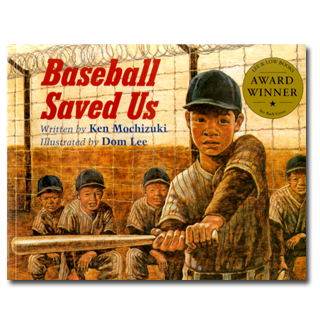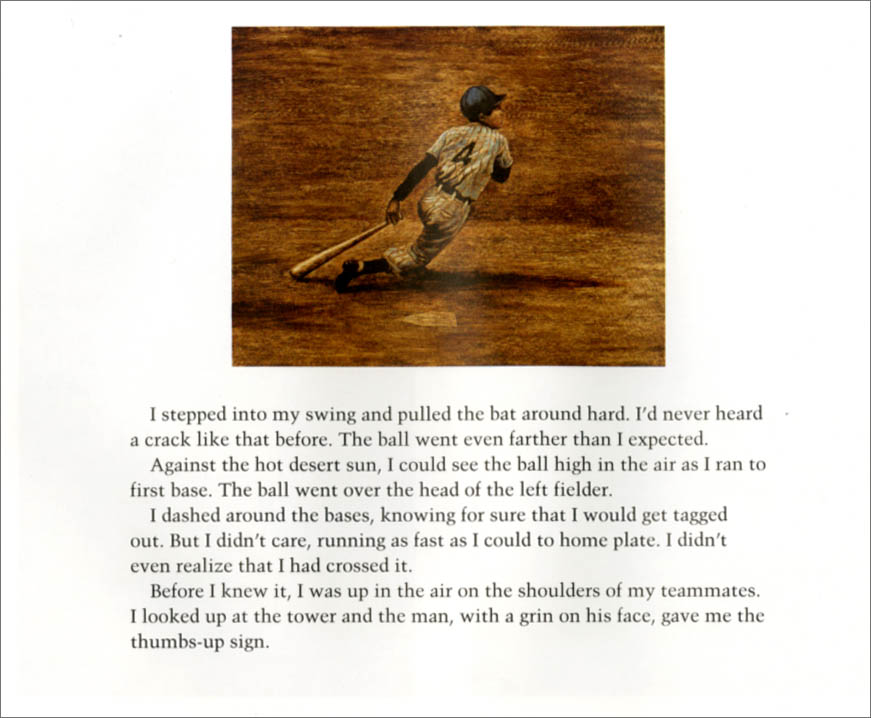
A FEW OTHER EVENTS FOR
FEBRUARY 19:
- Happy birthday Jill Krementz (A Very Young Dancer) and Amy Tan ( The Moon Lady).
- It’s the birth date of Louis Slobodkin (1903–1975) The Hundred Dresses, Mildred Lee (1908–2003) The Skating Rink, and Carson McCullers (1917–1967) The Heart Is a Lonely Hunter.
- Renaissance astronomer Nicolaus Copernicus (1473–1543) was born on this day. Read Nicolaus Copernicus: The Earth is a Planet by Dennis B. Fradin, illustrated by Cynthia Von Buhler.
- In 1976, President Ford signs Proclamation 4417, rescinding Executive Order 9066. Read The Bracelet by Yoshiko Uchida, illustrated by Joanna Yardley.
- It’s Chocolate Mint Day. Read The Ice Cream Con by Jimmy Docherty.
Executive order 9066: On February 19, 1942, President Franklin Roosevelt sent 110,000 Japanese Americans, two-thirds of them U.S. Citizens, to concentration camps in remote desert areas. Not allowed to return to their homes until January 2, 1945, these families lost an estimated $400 million worth in property—not to mention their own freedom and sense of well-being.
Many children’s and young adult writers over the years have chosen to write about the internment of Japanese Americans, including Jeanne Wakatsuki Houston in her touching autobiography Farewell to Manzanar. In 1993, writer Ken Mochizuki and illustrator Dom Lee combined their talents in Baseball Saved Us, a book that makes this incident understandable for children ages six through ten.
In a brief, but passionate opening, Ken Mochizuki sets the stage for this picture book; none “of these immigrants from Japan—or their children, who were American citizens—were ever proven to be dangerous to America during World War II. In 1988, the U.S. government admitted that what it did was wrong.”
Then readers meet a young Japanese boy, standing with his father and looking out over the endless desert. In this desolate place, the father decides to build a baseball diamond. In flashbacks the author presents how the residents were taken to the camps and how family members broke down and relationships were strained: the boy’s mother cries; his older brother becomes disrespectful of their father. Those forced into the camp then take action by creating a baseball diamond—sewing uniforms, getting supplies from friends back home, building bleachers, and clearing the land. All the while, they are watched by a guard in the tower.
Our unnamed hero, small for his size, becomes a baseball player to contend with—in part because of his anger against the guard in the tower. When he’s finally at home again and people call him “Jap,” he hits a ball “against the blue sky and the puffy white clouds…. over the fence.” For this powerful text Dom Lee created art inspired by the Ansel Adams photographs of Manzanar. Applying beeswax to paper, Lee scratched out the images and then added oil paint, providing a strong outline for his illustrations—some of them small vignettes and others panoramas that look like old sepia photographs.
Baseball Saved Us truly relates to children what happened after Executive order 9066 was issued because the story comes from the perspective of a small boy. Many can identify with being the weakest member of a team. The story naturally leads to a discussion of contemporary issues. Are there people in our country who we are treating in ways that we will regret decades from now? A powerful book, an important book, it has changed the way many children view history.
Here’s a page from Baseball Saved Us:
Originally posted February 19, 2011. Updated for .







Though very familiar with the the internment camp story of Japanese Americans, I was not aware of this book until now. I look forward to reading it Anita.
Not to detract from ,or lesson the unfortunate and depressing situation of the Japanese American internment camps, I can attest from first hand experience that far worse situations have happened to American children in the guise of so called children’s homes in this country. It is almost an unspeakable thing that some children wake up in, and remain in, a universe that is a dark prison, their entire childhood.
In response to my letter to him a few years before his death, I received a letter from Viktor Frankle in Vienna, asking for his guidance dealing with the aftermath of things he well understood. His concentration camp and my American one, had familiar sounding rings-of-truth to them. I loved his book Man’s Search for Meaning, and we had both taken flying lessons. His response was profound, and took a much deeper view that I was yet able to bring into focus, though I eventually did.
There is unfortunately more than one kind of concentration camp in our country still. The resulting harm that invariably must be addressed as these children move into adulthood, is frequently a harrowing story unto itself. Resilience, as Brooks of Harvard will attest, can be learned as an adult, but it is often a long and painful path, and not all succeed at it.
After reading 100 Best Books for Children,and the books listed in it, It has become my view that children’s books can have enormous human value in various ways, and one of those, is that it they can actually bring a person out of various kinds of internment, for both children and adults.
Blessings on you Anita Silvey
This is the book that first introduced me to Japanese Internment Camps and the struggles in America of Japanese people!! I remember thinking – why didn’t I learn about this in school (growing up?) I had never even realized how Japanese struggled with hatred in our country – and there have been many a picture book, this one included – that have opened my eyes to a lot of the things in history that I never learned in school. I was horrified!!!!!!! At the same time, I am so grateful for children’s books like Moshizuki’s – because they’ve taught me more about history than I ever learned in school.
Another book with this theme is “Bat 6” about girls a little older playing softball. I listened to it on tape on a long car drive, and had to pull over to listen, because I couldn’t drive safely while crying!
Although I haven’t read this book, I do remember reading Bat 6 when I was younger and being strongly affected by it. Growing up in Oregon, I learned about the Japanese Internment camps multiple times in school and I knew people who had been in them as children. When I moved to Boston, I was amazed to discover that it was not a topic my friends had learned about in school. I am glad that there are books such as this one that can help to educate children on this extremely important aspect of the history of our country.
Andrena,
The Hotel on the Corner of Bitter and Sweet is an excellent adult book about Japanese Internment. I have also used it with a couple young adults in a contemporary literature class. One had recently moved from Washington and loved the familiarity she had with landmarks in the book.
Caryl
Baseball Saved Us is a beautifully written book. The illustrations are by a Korean man who painted excellent depictions of the text. The book is set in Camp Minidoka in Twin Falls, Idaho if I am not mistaken. I was there at age 3. My family was taken from Seattle, WA. My father was a dentist so worked in the Camp hospital.
Beverly: Thank you for your note. This is such an important piece of our history; obviously, it is also an important part of your personal history.
Another recent book (2013) about the same topics–the Japanese American internment and baseball–is Barbed Wire Baseball by Marissa Moss (ill. Yuko Shimizu). This is a biography of Kenichi Zenimura, one of America’s earliest Japanese-American baseball players, who was interned with his family in Arizona and built a baseball park at the camp. Excellent book.